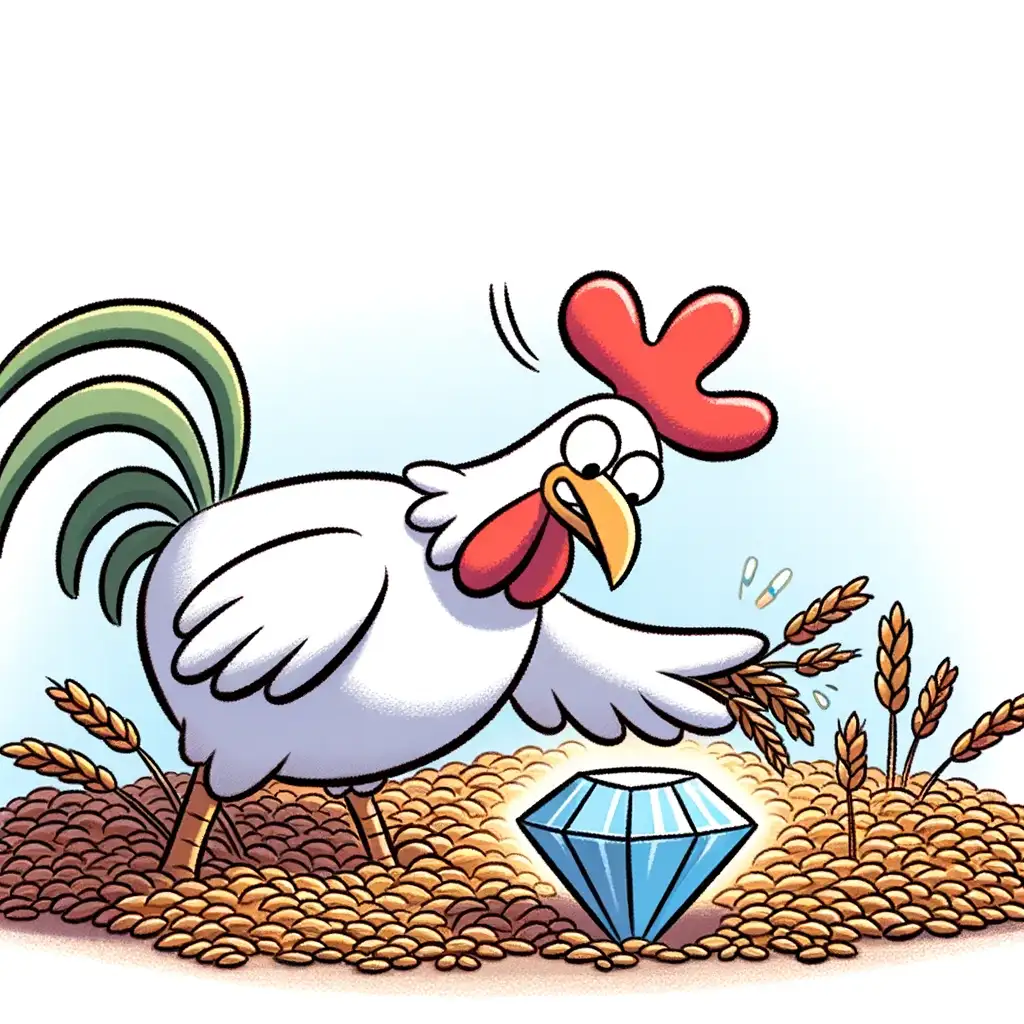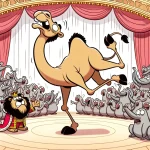
The Cock and the Jewel – Aesop’s Fables
Under the golden sun, a diligent Rooster was foraging, pecking and pawing at the earth to gather sustenance for his brood, when, to his surprise, he stumbled upon a gleaming lost jewel, its facets catching the light.
My, my! the Rooster clucked in surprise. Your worth must be immense, and someone, somewhere, must be heartbroken at your loss. However, for me, a humble grain of barley holds far greater value.
Thus, it’s clear: what’s invaluable to some may be insignificant to others who do not recognize its esteem.
What principles and lessons can be learned from the above stories?
‘The Cock and the Jewel’ is a fable of profound simplicity, masking deep wisdom beneath the guise of a children’s tale. It tells of a Rooster, whose daily endeavors are as grounded as his feet, yet, unexpectedly, he encounters an object of undeniable luxury and wealth. However, it’s the Rooster’s reaction that forms the crux of this narrative.
The brilliance of this story lies in its subtle commentary on subjective value. The Rooster, in his practicality, values sustenance — a grain of barley — over a gemstone, an item of luxury that contributes nothing to his immediate needs. It speaks volumes about the disconnect between assumed value and practical utility.
One of the most crucial lessons here is the importance of context in determining value. What’s precious to one may be inconsequential to another, depending on their needs, understanding, and circumstances. This story encourages readers, especially children, to think critically about the inherent value of objects beyond their societal price tags.
In conclusion, ‘The Cock and the Jewel’ is a timeless narrative that encourages a thoughtful assessment of what constitutes true value. It’s a reminder that worth is subjective, and the truest treasures are often those that fulfill our most basic and fundamental needs.


